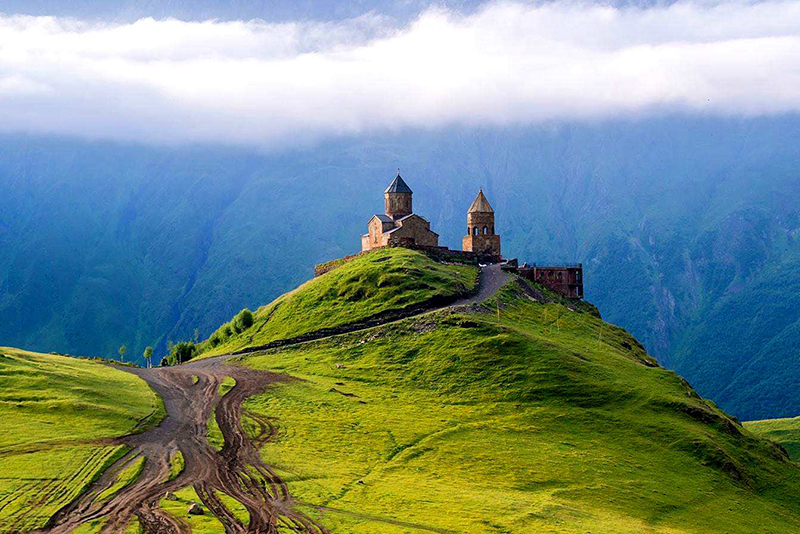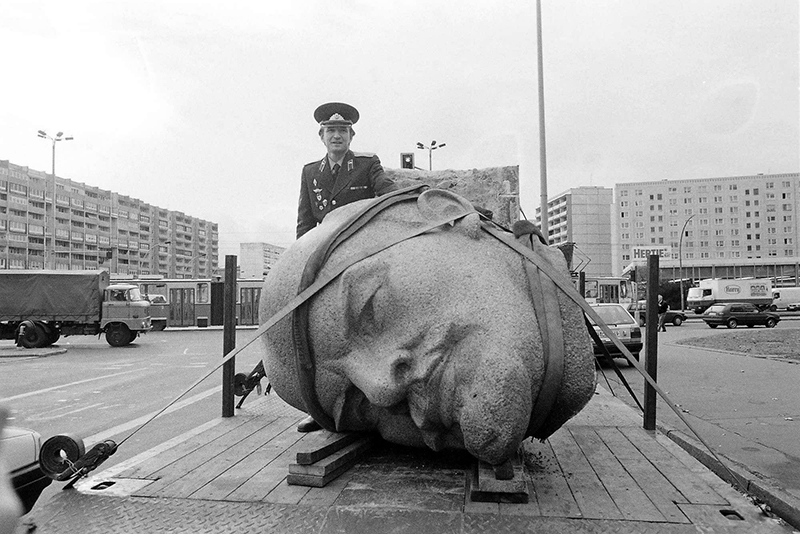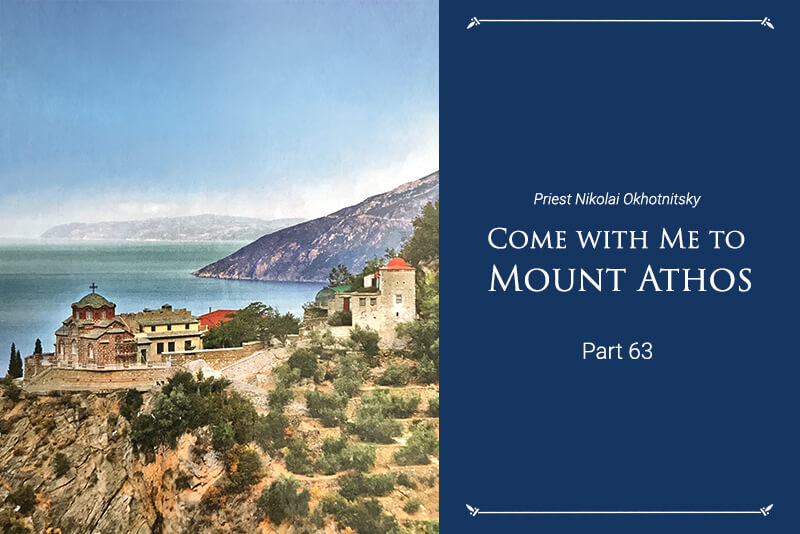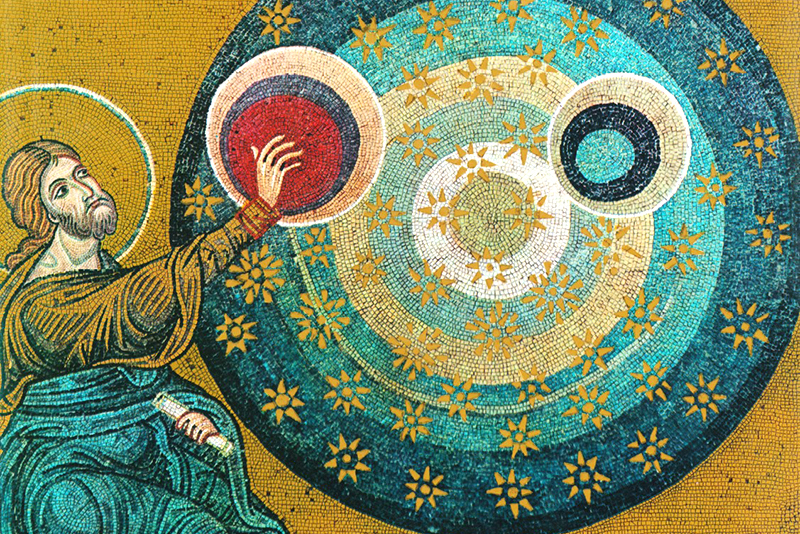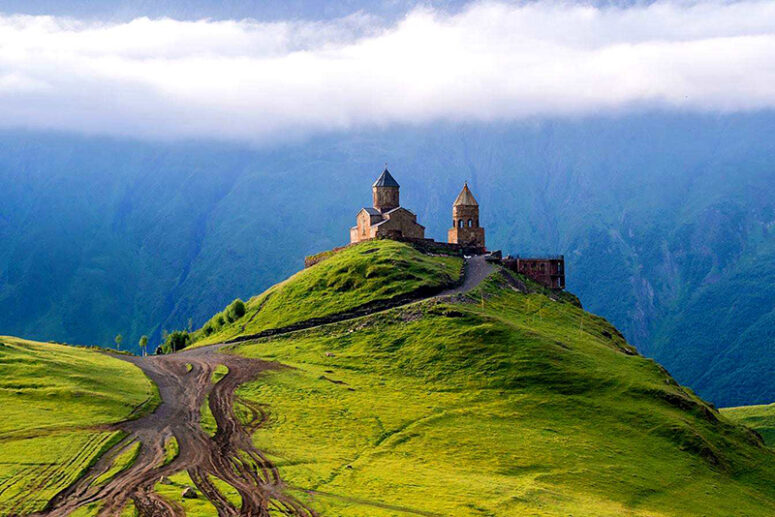
In our article about the Four Domains of the Most Holy Theotokos we briefly told you the stories of their appearance. What happened in these places after the described events, what were the saints glorifying the Queen of Heaven, and what wonderful deeds did She Herself do there? This time we are sharing with you two vivid stories about the spread of Christianity in Iberia, the first lot of the Heavenly Queen.
Atskuri Icon
According to legend, soon after the Ascension of Christ, St Andrew the Apostle went to Iberia in place of The Most Holy Virgin, bringing with him Her image not made by hands. The image was captured on an ordinary board, after the Mother of God held it against Her Most Holy Face. Arriving in the Iberian lands, the Apostle Andrew created a copy of the icon by affixing a new wooden plaque to the Prototype. The fate of the original icon donated by the Mother of God remains unclear, but we know of many miracles shown forth from its miraculous copy in the lands of Georgia.
One of them is the miracle of resurrection that took place in the city of Atskuri through the apostle’s prayer before the icon. To commemorate that event turning all local residents to God and Holy Baptism, St Andrew the First-Called built in that place the first Iberian church, in which he placed his copy of the holy image of Mary. The icon was then named after the town of Atskuri.

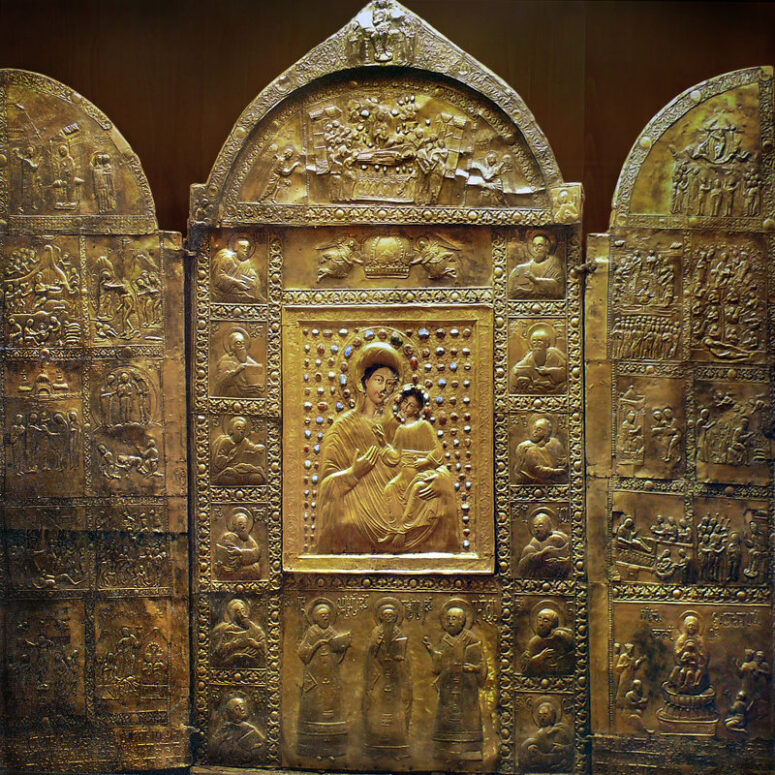
Since then, the Atskuri icon has enjoyed wide veneration among Georgian people. Common people and emperors made pilgrimages to Atskuri to worship the holy image.
More than once, Persian troops attacked Georgia and attempted to capture the Atskuri icon, but it always miraculously returned back.
One day in the 1280s there was a strong earthquake in Georgia, which affected the Atskuri Cathedral. During the clearing of the rubble, the miraculous icon was found completely intact under the collapsed dome.
At the end of the 1560s King of Imereti * George II transferred the Atskuri icon to the Gelati monastery, founded in the 11th century by the holy noble king David IV the Builder near Kutaisi, the center of Imereti. The main church of the monastery was consecrated in honor of the Nativity of the Most Holy Theotokos. The icon was there until it was moved to the State Museum of Georgia in 1952.
Saint Nina
St Nina belonged to a devout Christian family in Cappadocia (present-day Turkey). At the age of 12, she arrived in the Holy Land with her parents. The girl devoted all her free time to studies and prayer. Once, while reading the Holy Scriptures, Nina became interested in the fate of the Lord’s Chiton. Having found out that it was in the city of Mtskheta in Iberia, she began to pray to the Mother of God so that She would help her travel to Her earthly domain. The girl’s prayers were finally answered. The Most Holy Virgin appeared to her, gave her a cross, woven from grape vines, and said, “Go to the Iberian country, to My lot. Preach the Gospel of the Lord Jesus Christ there and you will find grace from Him, and I will be your patroness” **
Having encountered many trials on her way, Equal to the Apostles Nina arrived in Iberia, still mostly a pagan country, in the 4th century. She had to put in much work to make Christianity a generally accepted religion there by 326.

One of St Nina’s first miracles in Georgia took place near the ancient city of Urbnisi. Seeing that the locals were preparing a sacrifice, Nina began to pray for their admonition. She had not yet finished her prayer, when a terrible storm broke out. Everyone scattered in fear, and the saint took refuge in a gorge where she saw lightning crushing the idols, while the rain was washing the fragments into the river. When the storm died down, the inhabitants, unable to find a single trace of their statues, doubted paganism and wondered which God it was that was stronger than idols.
In Mtskheta, with the permission of the royal gardener, Nina made a hut for herself in a blackberry bush growing in the King’s gardens. For such mercy through the prayers of the saint, the gardener’s barren wife gave birth to many children. St Nina openly preached Christ. Through her multiple conversations with the pagans, she led them to faith and repentance. She also healed the sick, the dying and the possessed. One day St Nina healed the Iberian king Mirian’s wife, queen Nana, leading her to Christianity and frightening Mirian who then planned to kill Nina. A short time after, in the terrible hour of imminent death that he encountered while hunting, the king desperately pleaded with the True God for help. After he was miraculously saved, he believed and came to St Nina asking her to baptize him. Then the king summoned a bishop and priests from Greece to baptize the entire country’s population.
Equal-to-the-Apostles Nina preached in the Georgian lands for 35 years, until her death. There she worked many more miracles and led many to faith.
Earlier, we dwelt on a prominent event that occurred in the 1st century with Saint Sidonia and the Chiton of the Lord and about the missionary labours of the thirteen Assyrian monks in 6th century Georgia. We have also shared with you some noteworthy materials about the Georgian saints of the last century, Gabriel (Urgebadze) , John (Maisuradze) and John-George (Mkheidze) .
* Imereti in the 16th century was an independent kingdom. Today it is a region in the West of Georgia.
** Quotes preserved in the Orthodox tradition.

